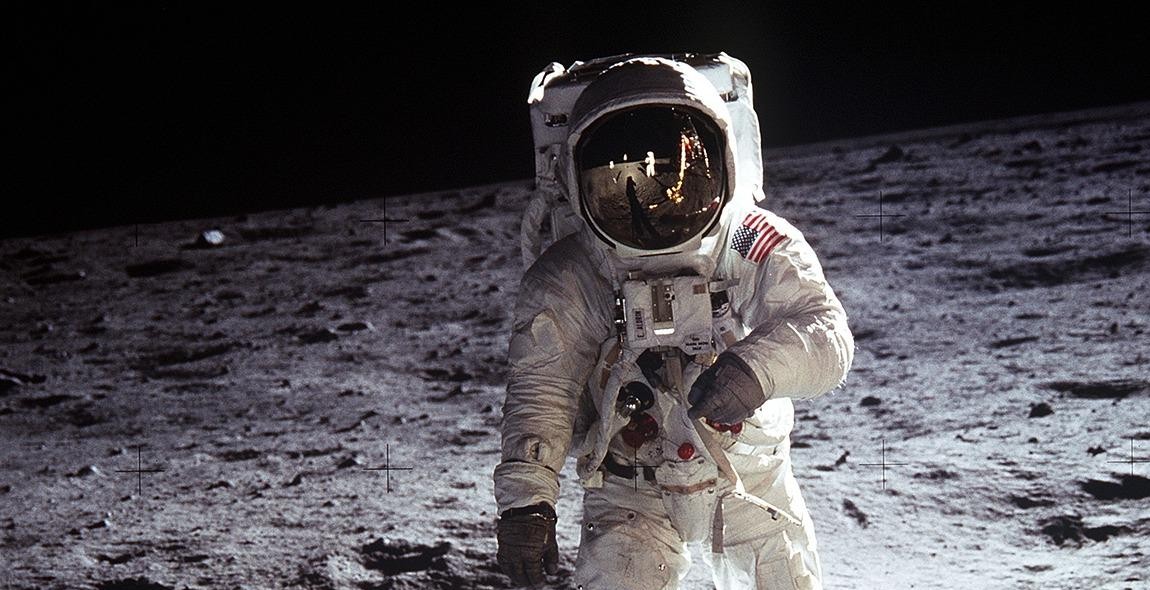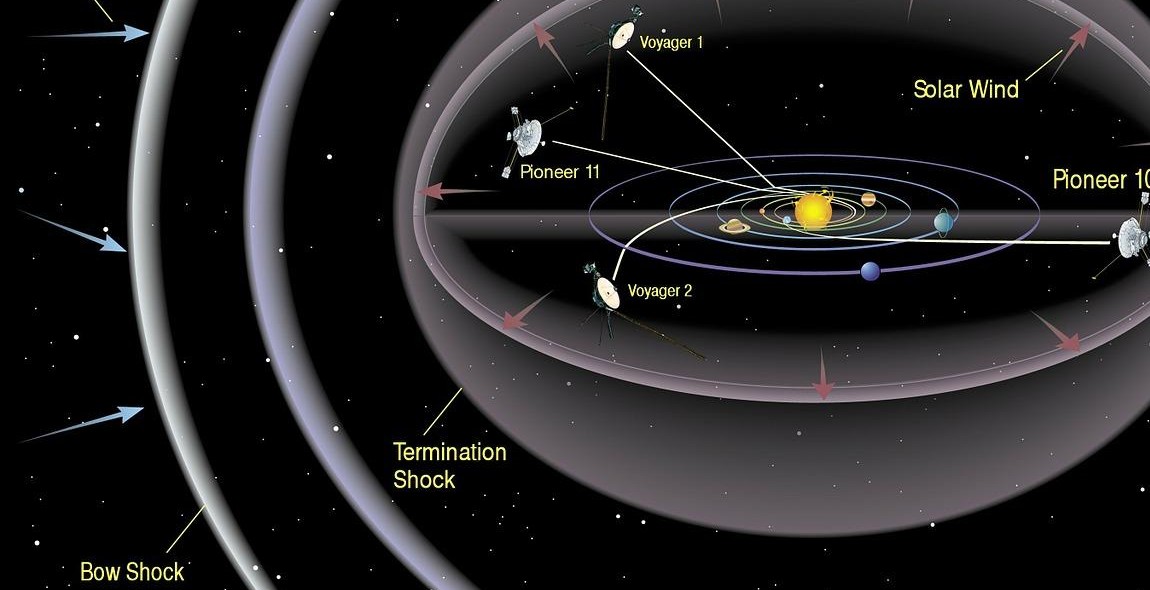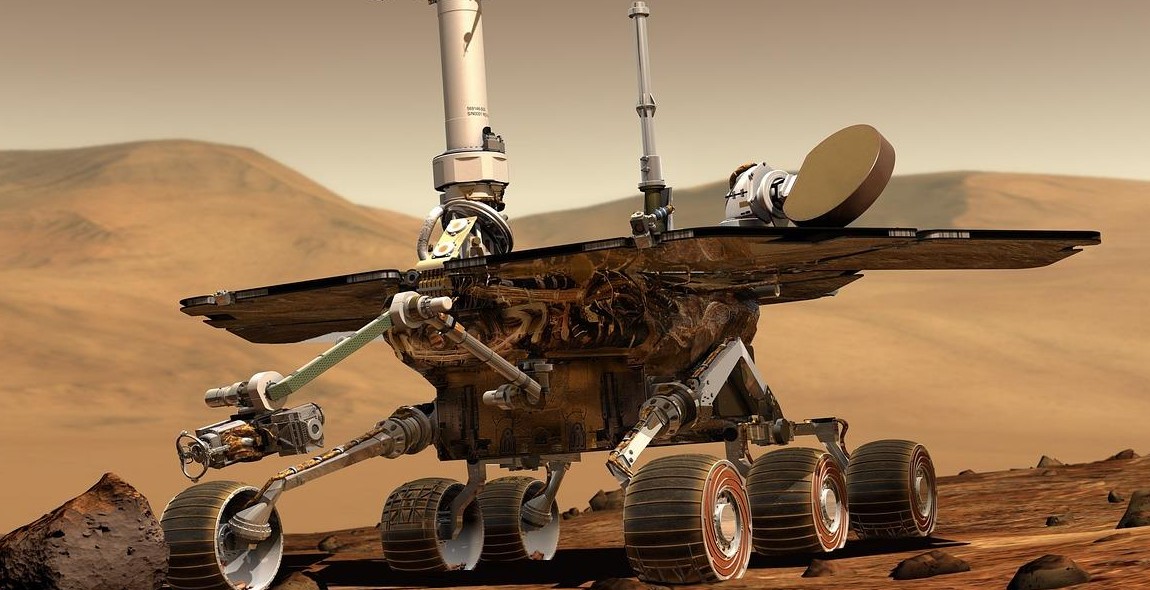Introduction
Space exploration has been one of the most remarkable achievements of mankind. Over the years, scientists, astronauts, and engineers have pushed the boundaries of human knowledge and ventured into the vastness of space. From the first human steps on the moon to the discovery of distant planets, historic moments in space exploration have shaped our understanding of the universe and our place within it.
In this article, we will delve into some of the most significant milestones in space exploration. These moments have not only expanded our scientific knowledge but have also inspired generations and ignited a sense of wonder about what lies beyond our planet.
1. First Human on the Moon
On July 20, 1969, the Apollo 11 mission achieved the remarkable feat of landing the first humans on the moon. Astronauts Neil Armstrong and Buzz Aldrin became the first individuals to set foot on the lunar surface, uttering Armstrong’s famous words, “That’s one small step for man, one giant leap for mankind.”
2. Hubble Space Telescope
The launch of the Hubble Space Telescope in 1990 revolutionized our understanding of the universe. Orbiting above the Earth’s atmosphere, Hubble captured breathtaking images and provided invaluable data that helped scientists unravel the mysteries of distant galaxies, black holes, and the age of the universe.
3. Mars Rover Missions
Since the Pathfinder mission in 1997, NASA has sent several rovers to Mars, including Spirit, Opportunity, and Curiosity. These robotic explorers have provided us with detailed insights into the Martian landscape, geology, and the potential for past or present life on the Red Planet.
Join us as we delve into these and other historic moments in space exploration, celebrating the achievements that have propelled humanity’s quest to uncover the secrets of the cosmos.

Space Race: The First Man on the Moon
The Space Race between the United States and the Soviet Union was a groundbreaking competition that captivated the world in the mid-20th century. One of the most significant milestones in this race was the historic moment when Neil Armstrong took his giant leap onto the lunar surface during the Apollo 11 mission.
Neil Armstrong’s Giant Leap
On July 20, 1969, Neil Armstrong, commander of the Apollo 11 spacecraft, became the first human to set foot on the moon. As he descended the ladder of the lunar module, known as the “Eagle,” Armstrong uttered the iconic words, “That’s one small step for man, one giant leap for mankind.”
Armstrong’s monumental step marked a turning point in human history and represented the pinnacle of human achievement in space exploration. His actions not only symbolized the triumph of the United States in the Space Race but also ignited a sense of wonder and possibility for future generations.
The Apollo 11 Mission
The Apollo 11 mission was the culmination of years of scientific research, technological advancements, and meticulous planning. Launched from Kennedy Space Center in Florida on July 16, 1969, the spacecraft carried three astronauts: Neil Armstrong, Buzz Aldrin, and Michael Collins.
After a journey of approximately 240,000 miles, the lunar module successfully landed on the moon’s surface in the Sea of Tranquility. Armstrong and Aldrin then spent about two and a half hours outside the lunar module, collecting samples, conducting experiments, and planting the American flag.
The Apollo 11 mission not only achieved the goal of landing humans on the moon but also paved the way for future space exploration. It demonstrated the incredible capabilities of human ingenuity and engineering, pushing the boundaries of what was thought possible.
The success of the Apollo 11 mission marked a major victory for the United States in the Space Race and remains one of the most memorable and celebrated moments in human history.

The Hubble Space Telescope: Unveiling the Universe
The launch of the Hubble Space Telescope on April 24, 1990, marked a significant milestone in space exploration. Operated by NASA and the European Space Agency, this iconic telescope has revolutionized our understanding of the universe and provided breathtaking images of celestial objects.
Discoveries
Since its launch, the Hubble Space Telescope has made numerous groundbreaking discoveries, expanding our knowledge of the cosmos. One of its most notable achievements was determining the age of the universe. By observing Cepheid variable stars in distant galaxies, scientists were able to calculate the Hubble Constant, which provided an estimate of the universe’s age at approximately 13.8 billion years.
In addition, Hubble’s observations have greatly enhanced our understanding of black holes. It captured images of supermassive black holes at the centers of galaxies, revealing their immense gravitational pull and the impact they have on their surrounding environments. These findings have contributed to the field of astrophysics, advancing our knowledge of how galaxies evolve and the role black holes play in their formation.
Contributions
The Hubble Space Telescope has not only made groundbreaking discoveries but has also made significant contributions to various fields of study. Its observations have greatly influenced the understanding of stellar evolution, allowing scientists to study the life cycles of stars in unprecedented detail. By analyzing the light emitted by stars, Hubble has provided insights into their composition, temperature, and distance from Earth.
Furthermore, Hubble’s images have captured the beauty of the cosmos, captivating the public’s imagination and sparking interest in space exploration. Its iconic photographs of nebulae, galaxies, and other celestial objects have been featured in countless publications, exhibitions, and documentaries, inspiring generations of astronomers and space enthusiasts.
The Hubble Space Telescope has truly unveiled the wonders of the universe, expanding our knowledge and captivating our collective imagination. With its continued observations and technological advancements, this remarkable telescope will undoubtedly contribute to future discoveries and further our understanding of the cosmos.

Voyager 1: Leaving the Solar System
Voyager 1, one of NASA’s most iconic spacecraft, has achieved a historic milestone by becoming the first man-made object to leave the solar system. Launched on September 5, 1977, its primary mission was to explore the outer planets of our solar system and gather valuable data about their atmospheres, magnetic fields, and moons.
The Launch and Mission
Voyager 1 was launched aboard a Titan III-Centaur rocket from Cape Canaveral, Florida. It followed a trajectory that took it past Jupiter in 1979 and then Saturn in 1980. During its flybys, Voyager 1 captured breathtaking images of the gas giants and their moons, providing scientists with invaluable insights into these distant worlds.
After completing its primary mission, Voyager 1 continued its journey towards the outer edges of the solar system. It encountered Uranus in 1986 and Neptune in 1989, further expanding our knowledge of these distant planets. As it ventured beyond the outer planets, Voyager 1 entered uncharted territory, exploring the vast and mysterious region known as interstellar space.
Interstellar Discoveries
The most significant achievement of Voyager 1 came on August 25, 2012, when it crossed the heliopause, the boundary where the solar wind from our sun gives way to the interstellar medium. This marked its entry into interstellar space, making it the first human-made object to reach this milestone.
Since then, Voyager 1 has continued to transmit valuable data back to Earth, providing insights into the conditions and environment of interstellar space. It has detected a significant increase in cosmic rays, indicating a transition from the sun’s influence to that of the Milky Way galaxy. Voyager 1’s instruments have also revealed a decrease in the solar wind’s intensity and a rise in the density of interstellar plasma.
These interstellar discoveries have revolutionized our understanding of the outer boundaries of our solar system and have opened up new avenues for scientific exploration in the vastness of space.

Mars Rovers: Exploring the Red Planet
Mars, our neighboring planet, has always been a subject of fascination for scientists and space enthusiasts. Over the years, several rovers have been sent to Mars to explore its surface and gather valuable data. Two of the most notable rovers are the Opportunity Rover and the Curiosity Rover.
Opportunity Rover
The Opportunity Rover, also known as MER-B (Mars Exploration Rover-B), was launched by NASA on July 7, 2003. It landed on Mars on January 25, 2004, in the Meridiani Planum region. The mission of the Opportunity Rover was initially planned for 90 Martian days (sols), but it far exceeded expectations and continued its operations for over 14 years.
One of the most significant achievements of the Opportunity Rover was the discovery of evidence of past water on Mars. It found hematite, a mineral that usually forms in the presence of water, indicating that liquid water once flowed on the Martian surface. This discovery provided crucial insights into the planet’s past and the potential for supporting life.
Curiosity Rover
The Curiosity Rover, also known as the Mars Science Laboratory (MSL) mission, was launched on November 26, 2011, and landed on Mars on August 6, 2012. It touched down in the Gale Crater, a region believed to have once contained a lake. The primary goal of the Curiosity Rover is to assess Mars’ past and present habitability.
Curiosity is equipped with advanced scientific instruments, including a drill and a laser, which allow it to analyze the composition of Martian rocks and soil. It has made significant discoveries, such as detecting organic molecules and methane in the Martian atmosphere, suggesting the possibility of ancient life on Mars.
Furthermore, the Curiosity Rover has been instrumental in studying the planet’s geology, providing valuable insights into its past climate and geological processes.
Both the Opportunity and Curiosity Rovers have revolutionized our understanding of Mars and paved the way for future exploration. These rovers have not only provided us with valuable scientific data but have also inspired us to continue exploring the mysteries of the Red Planet.

Conclusion
Space exploration has marked numerous historic milestones that have shaped our understanding of the universe and pushed the boundaries of human achievement. From the first human to venture beyond Earth’s atmosphere to the landing of a spacecraft on Mars, these moments have captivated the world and inspired generations of scientists, engineers, and dreamers.
Throughout the decades, space exploration has provided us with groundbreaking scientific discoveries. It has allowed us to study distant celestial bodies, uncover the mysteries of the cosmos, and gain valuable insights into our own planet. These achievements have also paved the way for technological advancements, leading to innovations that have improved our daily lives on Earth.
One of the most significant historic moments in space exploration was the Apollo 11 mission, which saw humans set foot on the moon for the first time. This extraordinary feat showcased the determination and ingenuity of mankind, proving that seemingly impossible goals can be achieved with dedication and teamwork.
Another notable milestone was the launch of the Hubble Space Telescope, which revolutionized our understanding of the universe. The breathtaking images captured by Hubble have deepened our knowledge of distant galaxies, black holes, and the origins of the universe itself.
As we continue to explore the vastness of space, new historic moments are waiting to be made. With ongoing missions to Mars, the search for extraterrestrial life, and the development of commercial space travel, the future of space exploration is full of possibilities.
It is through these historic moments that we realize the immense potential of human curiosity and the boundless nature of our aspirations. As we look back on the achievements of the past, we are reminded of the importance of pushing the boundaries of knowledge and embracing the unknown.
Space exploration will forever be a testament to our collective desire to explore, discover, and unlock the secrets of the universe. It is a reminder that humanity’s journey is not limited to the confines of our planet, but extends far beyond, into the infinite expanse of space.
